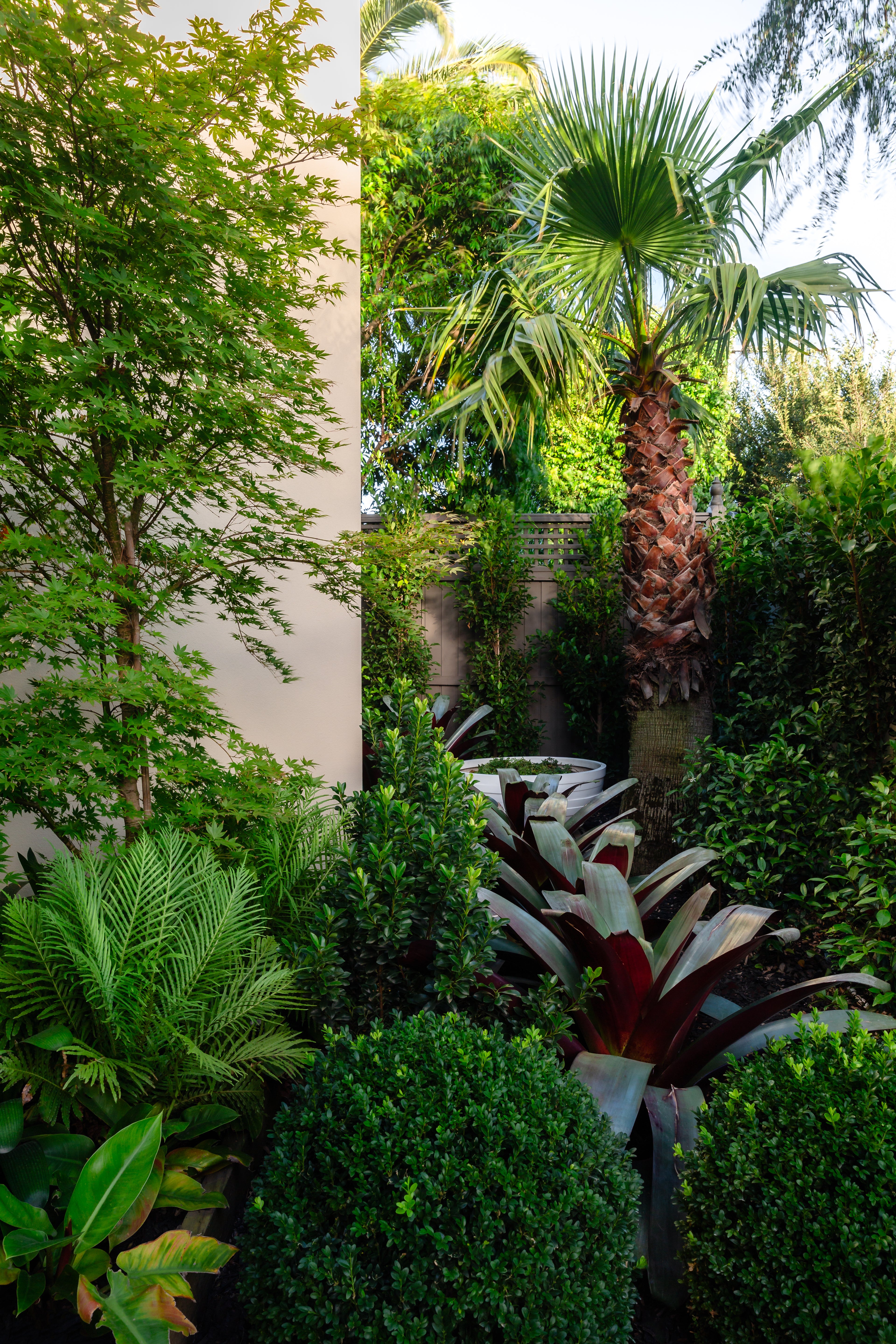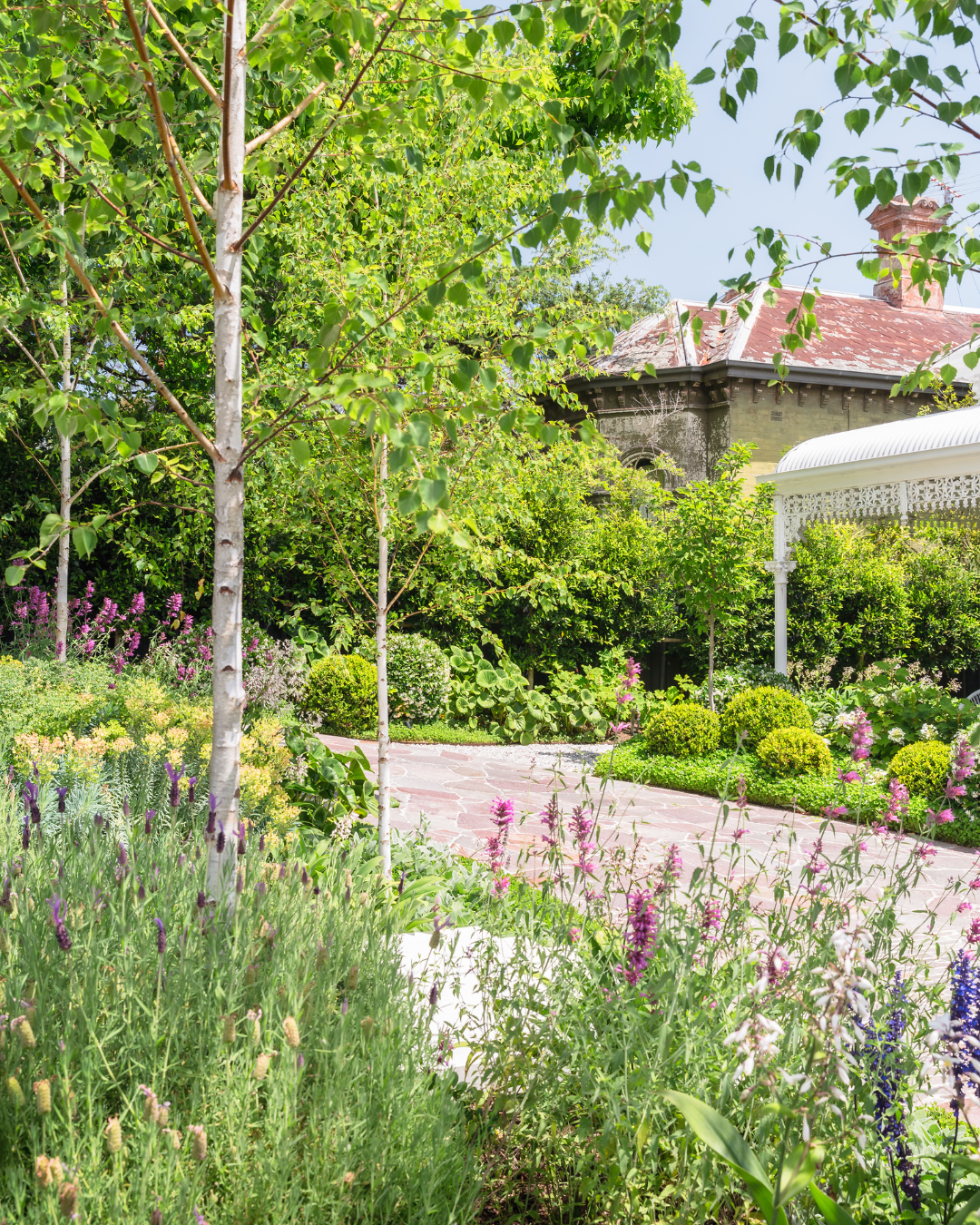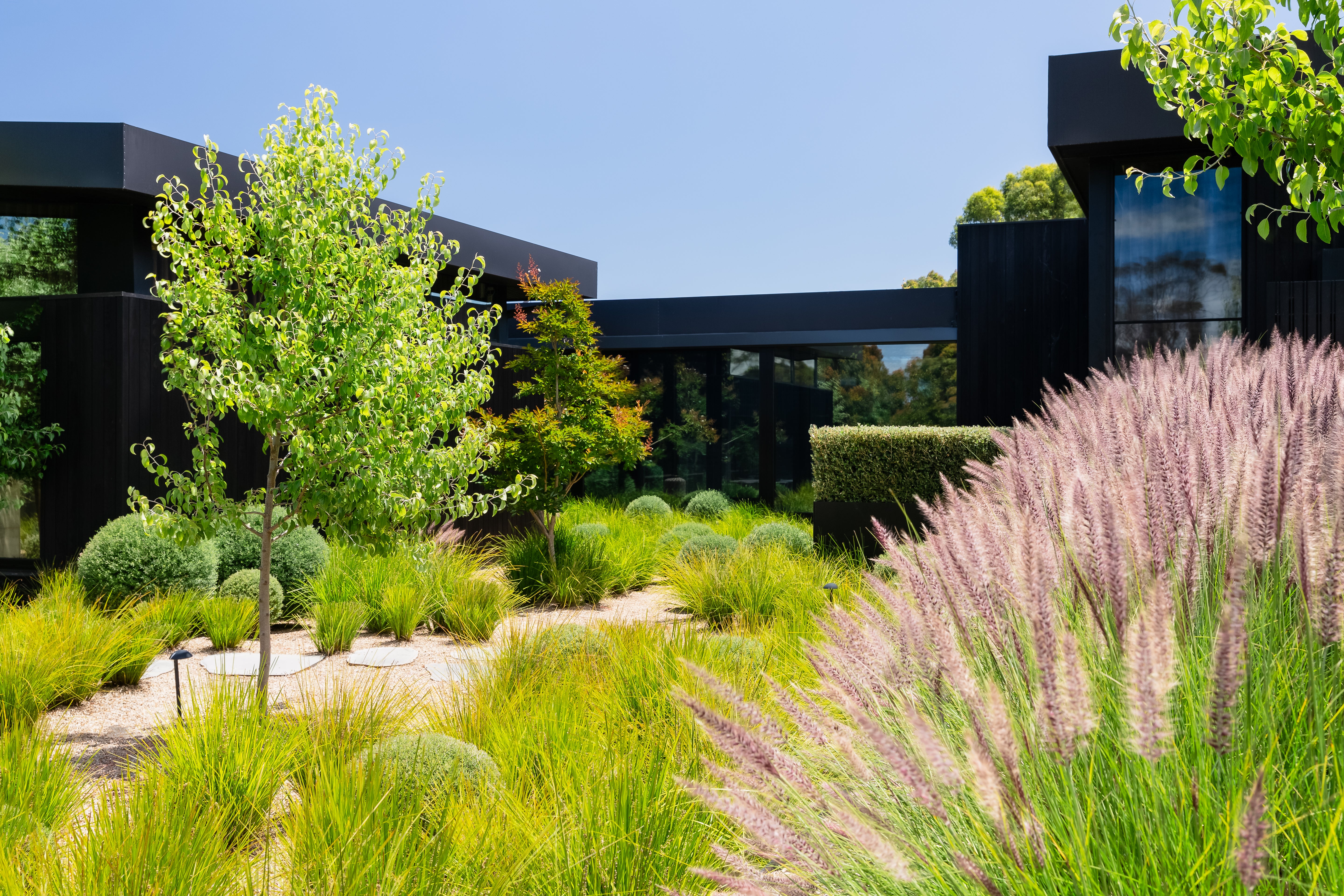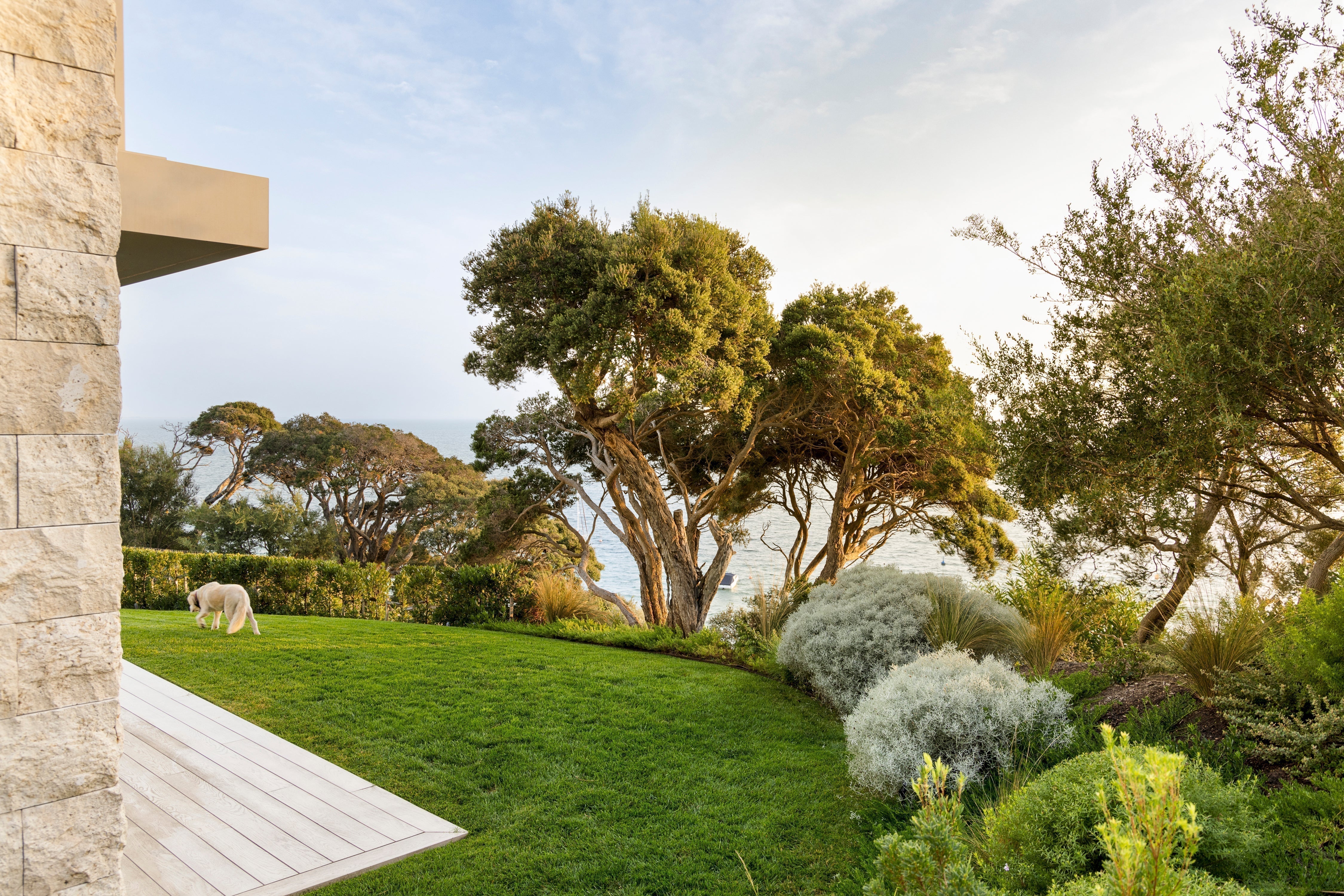
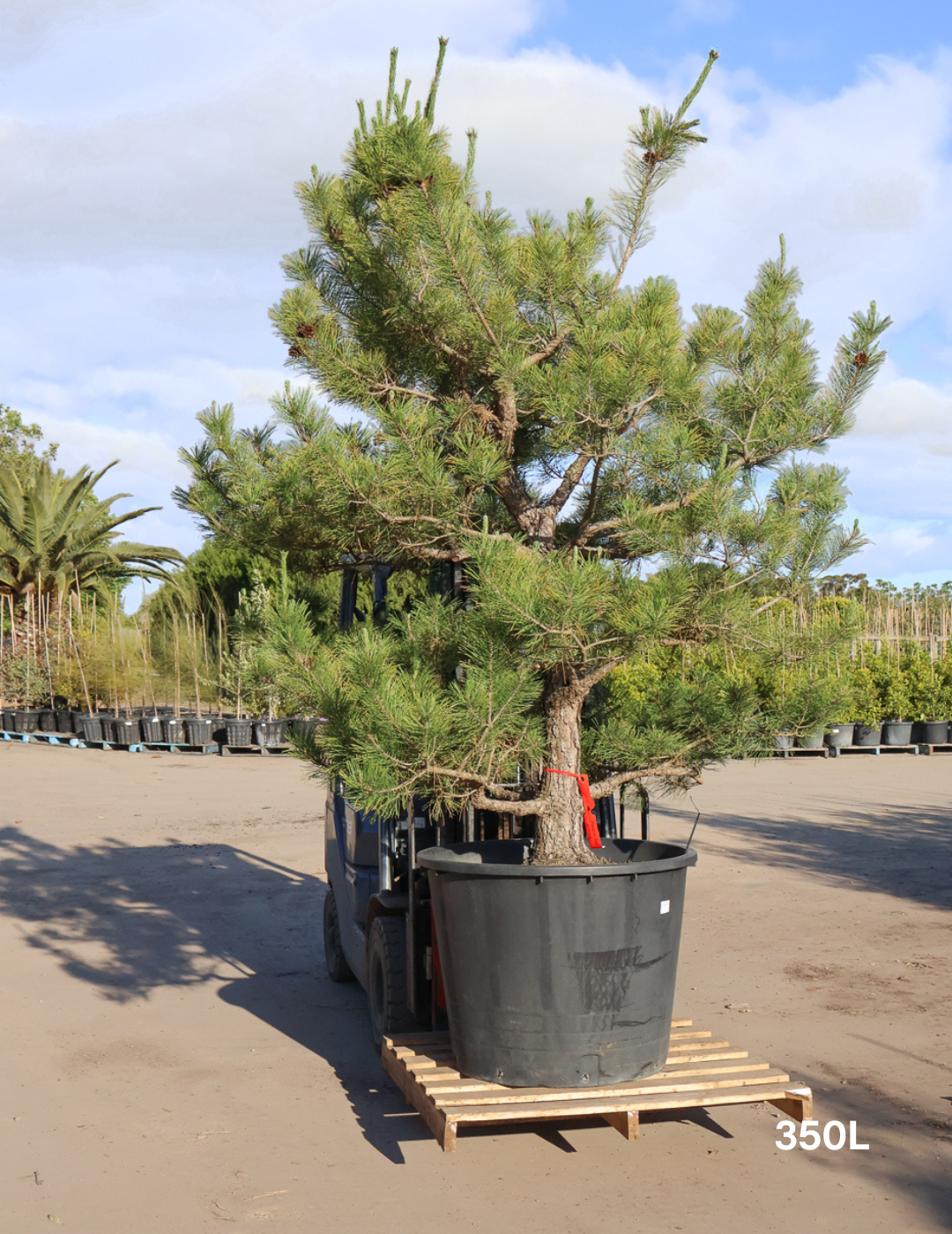
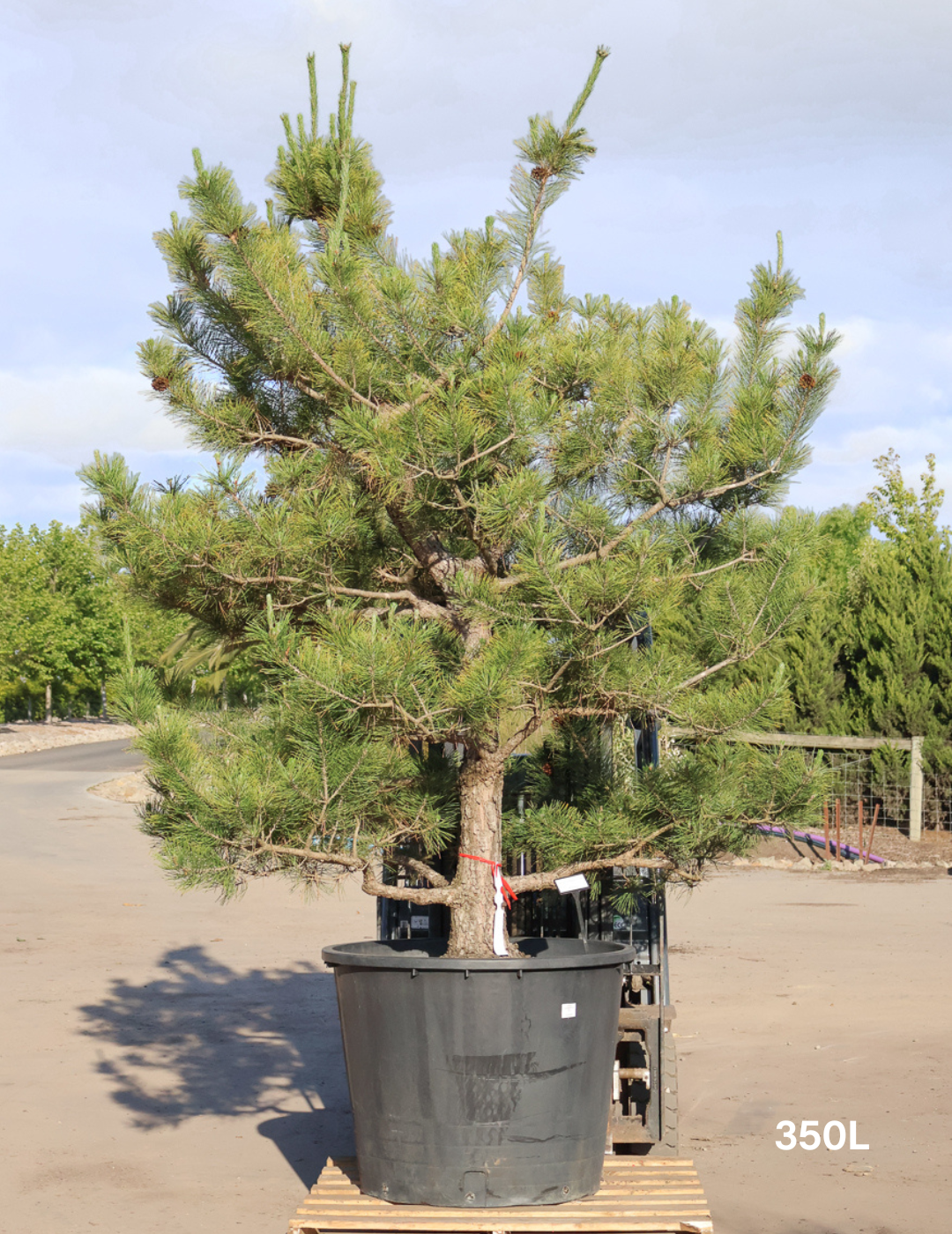
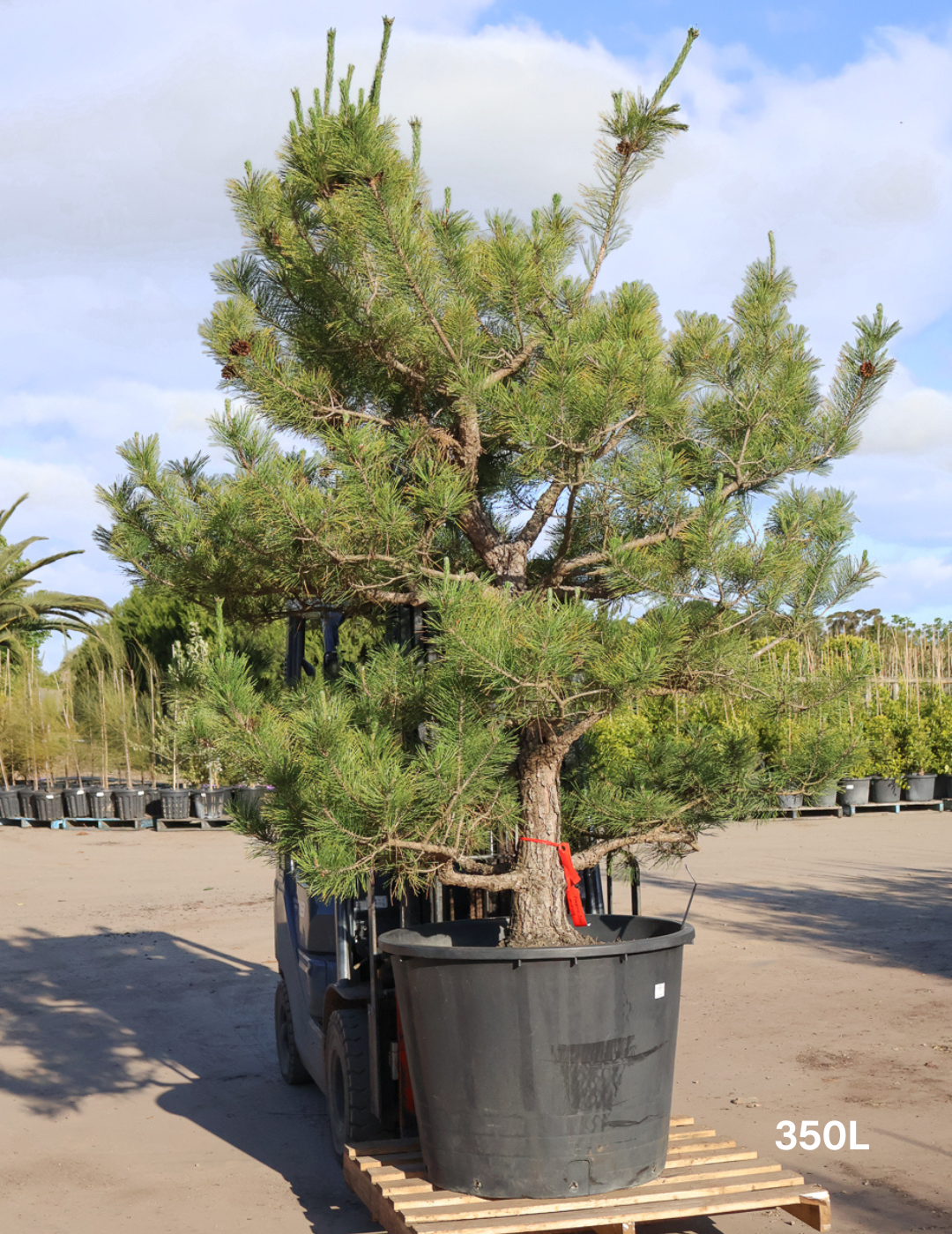
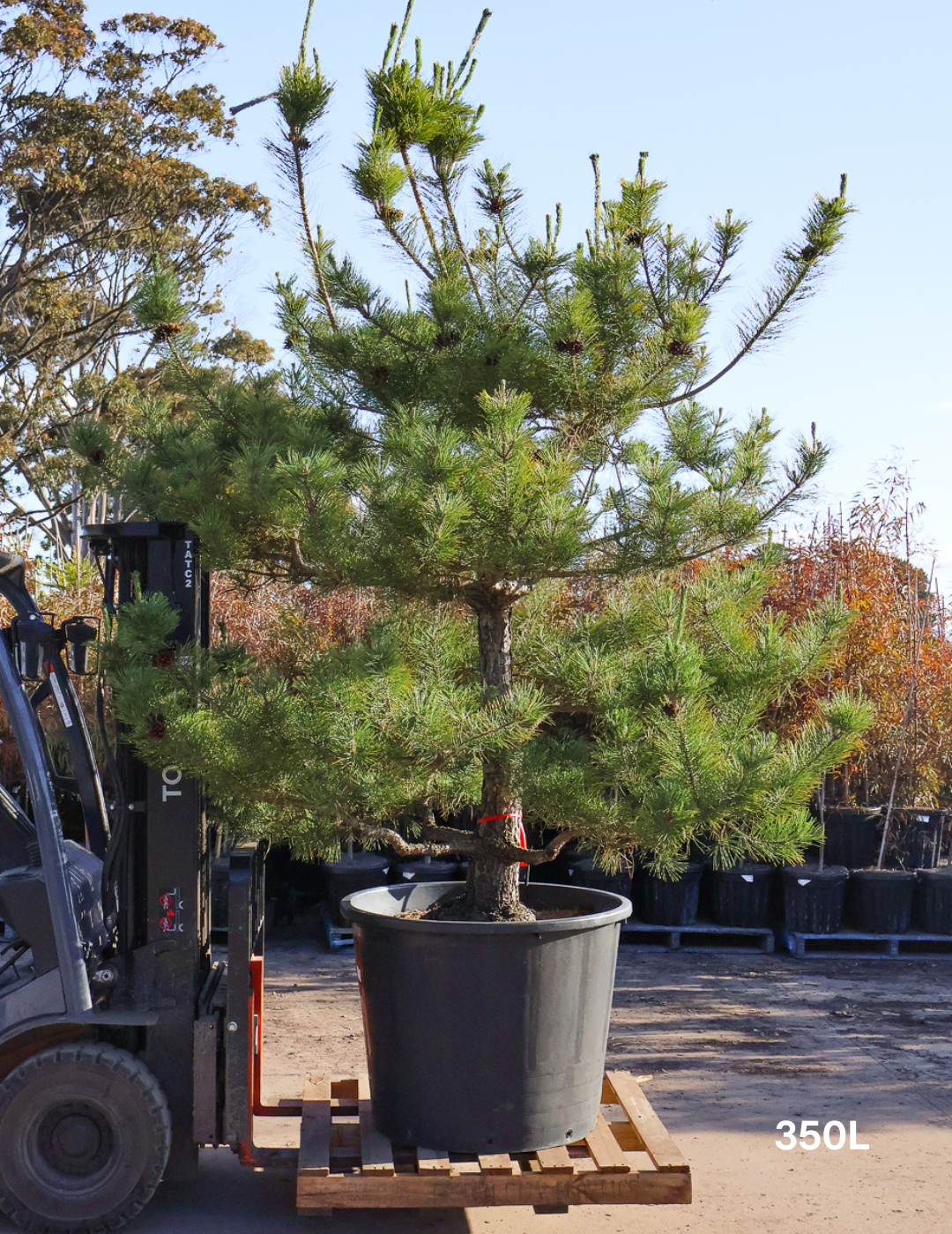
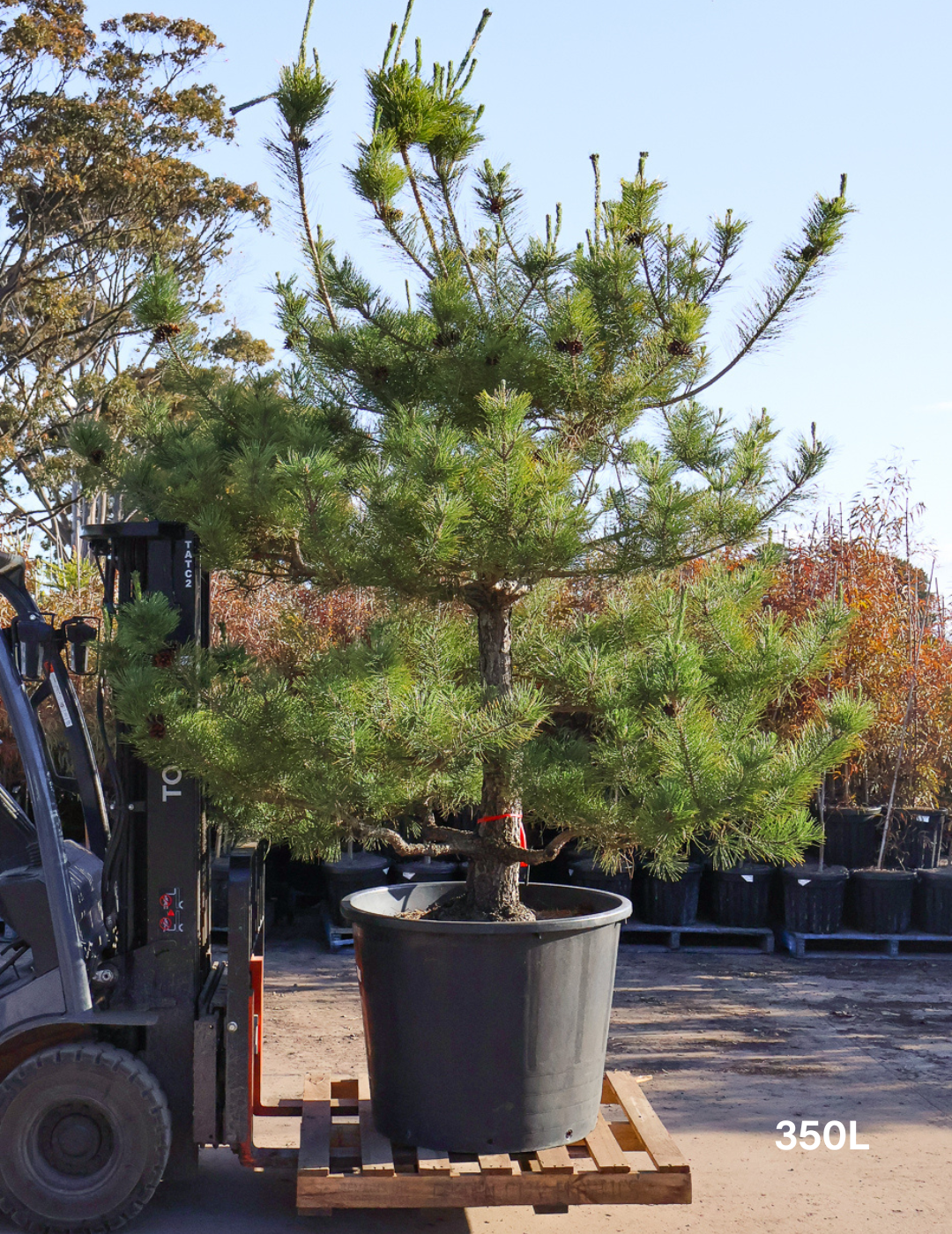
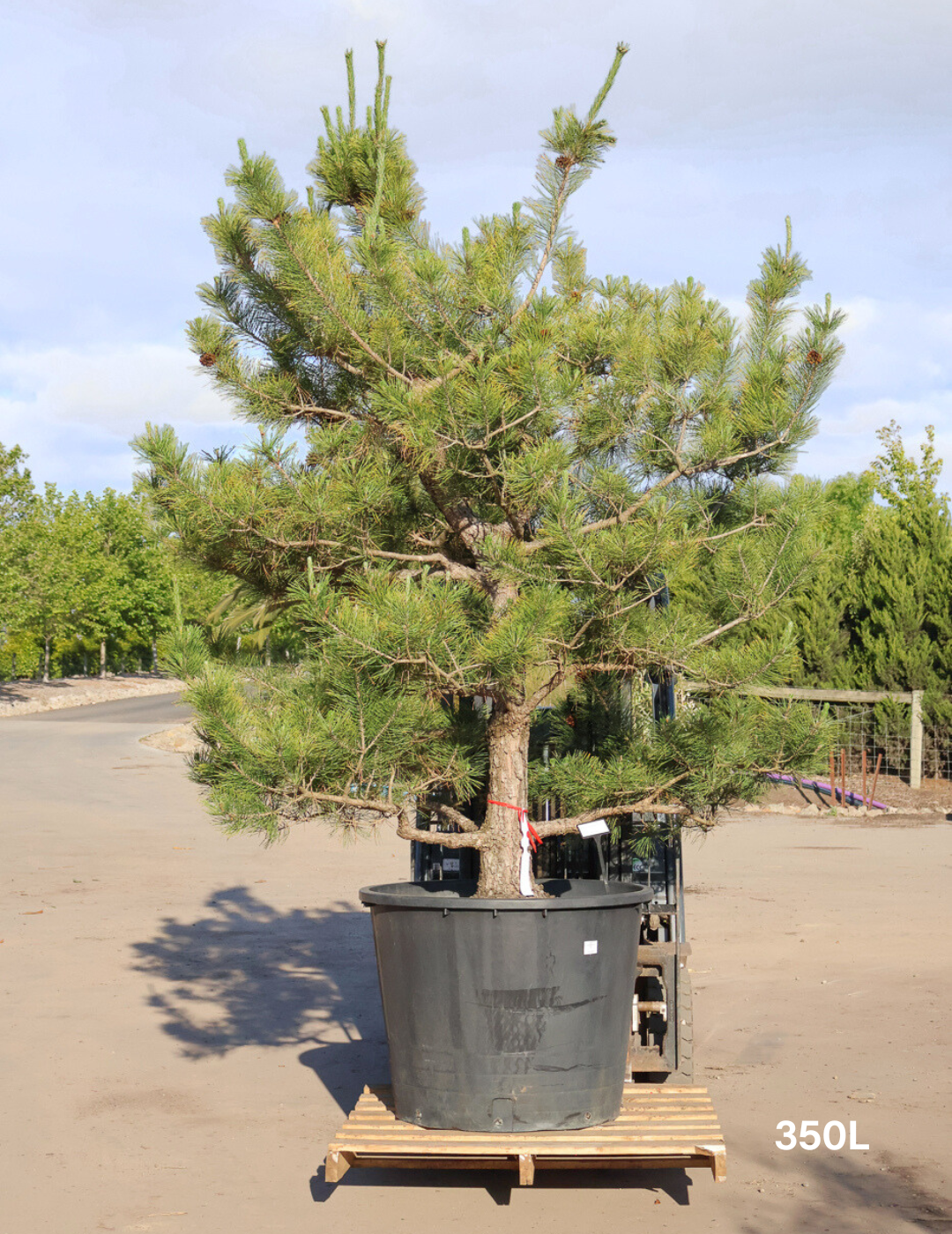

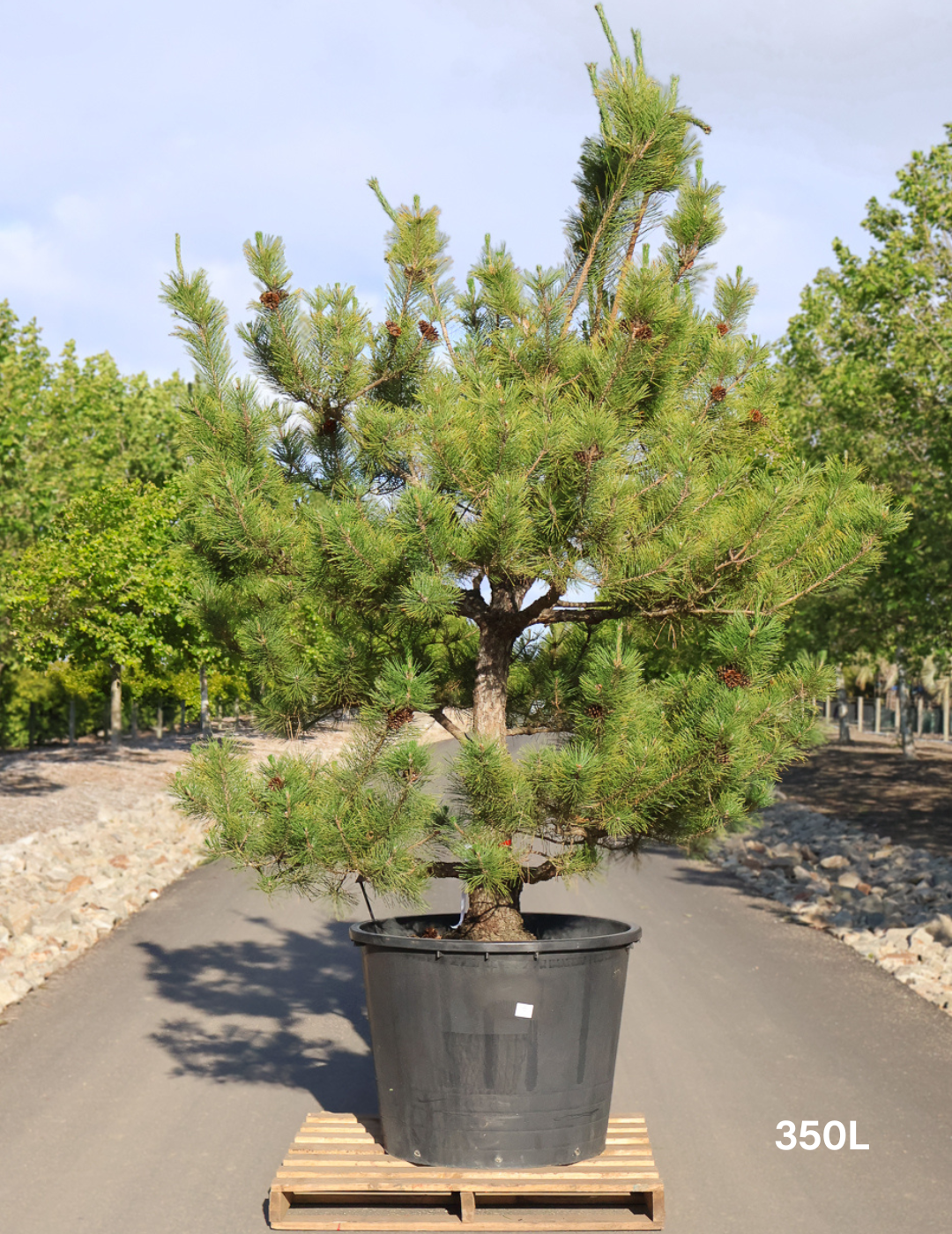
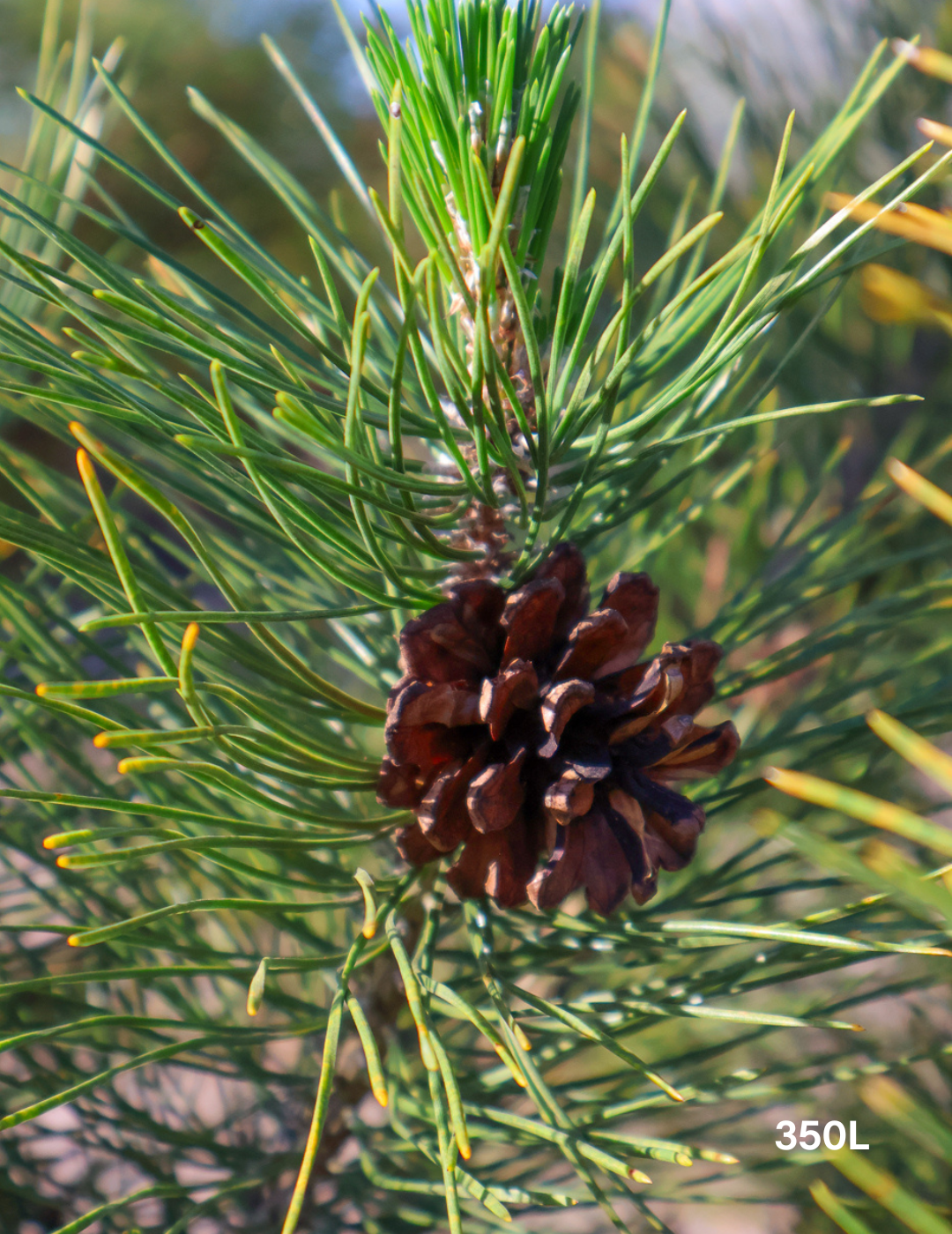
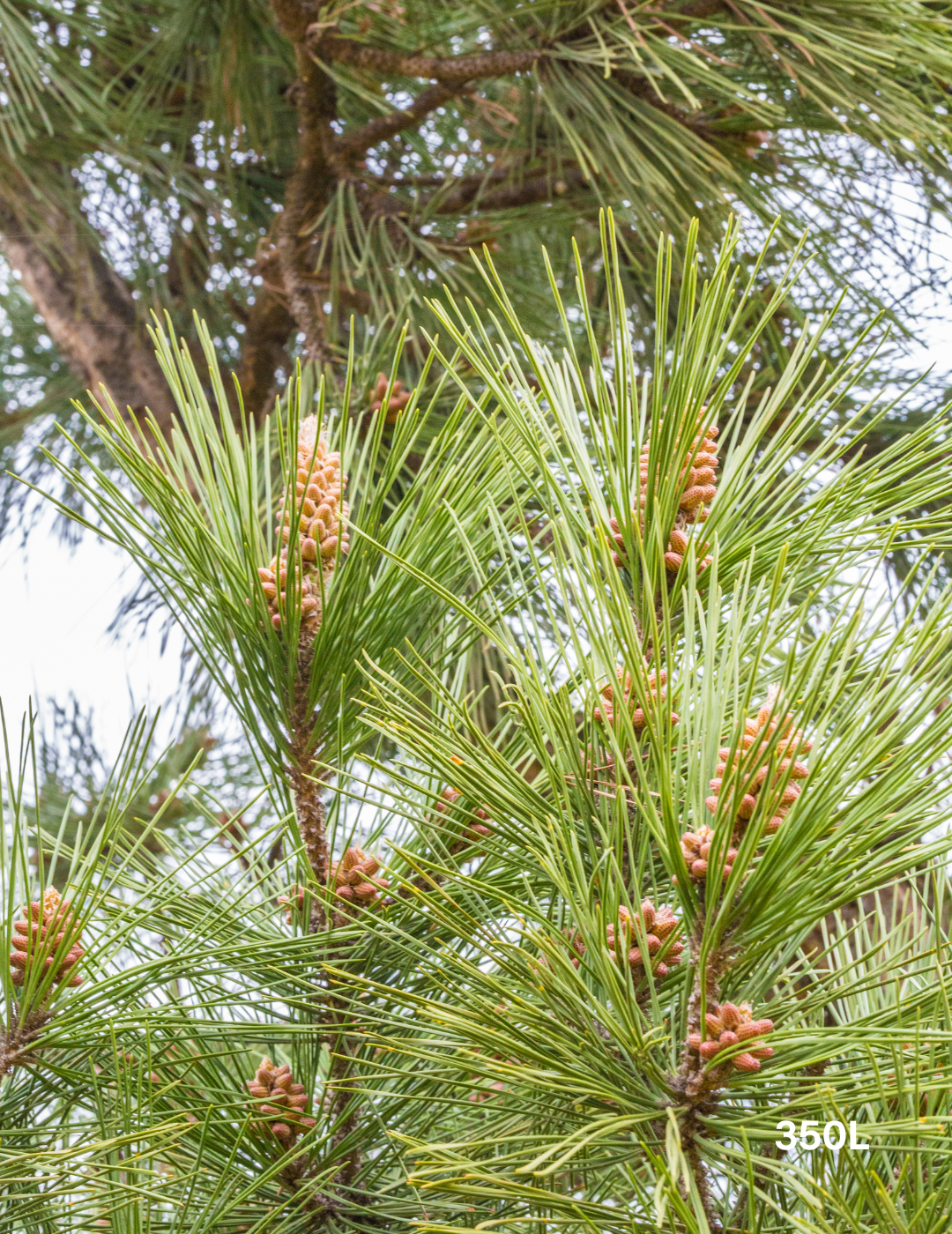
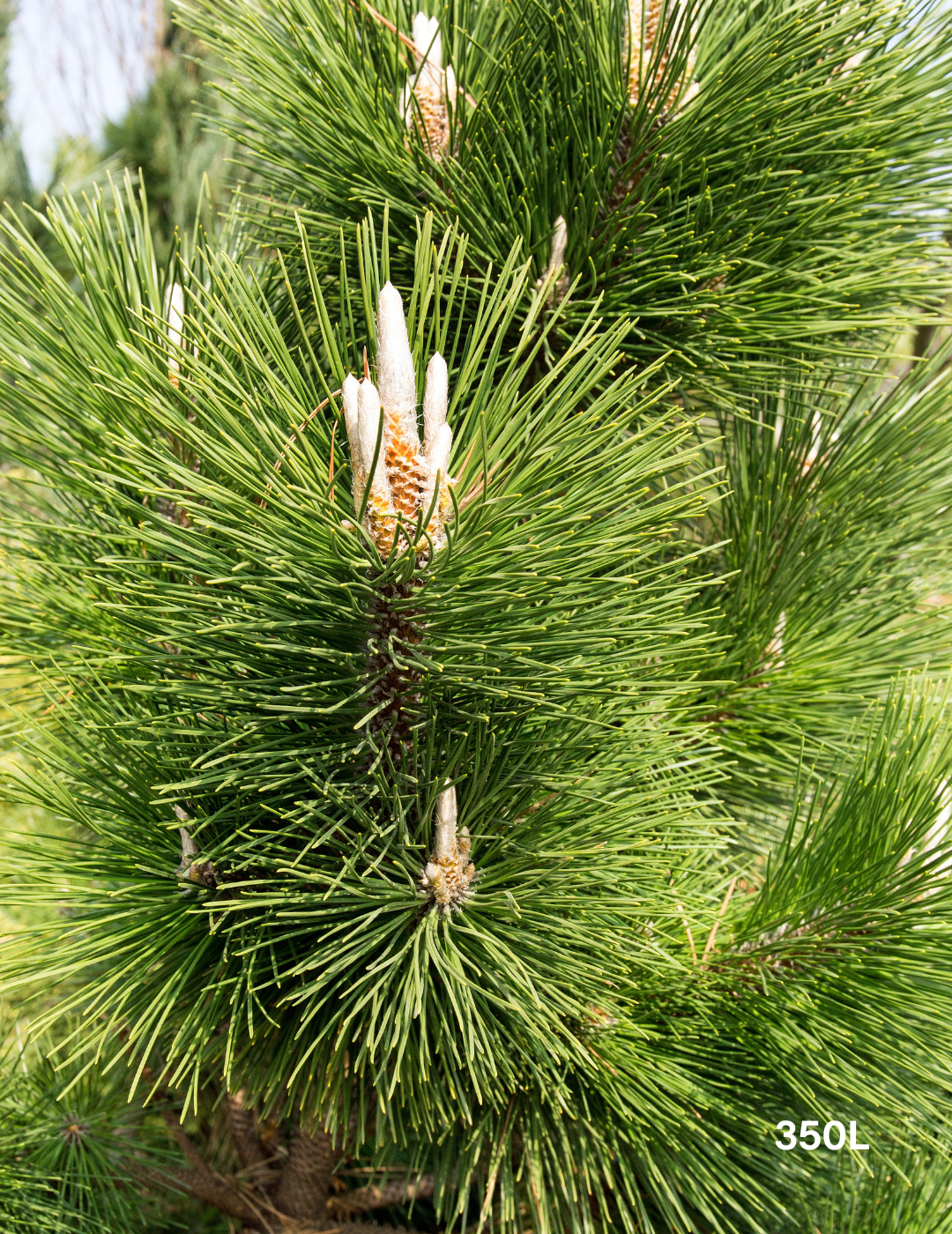
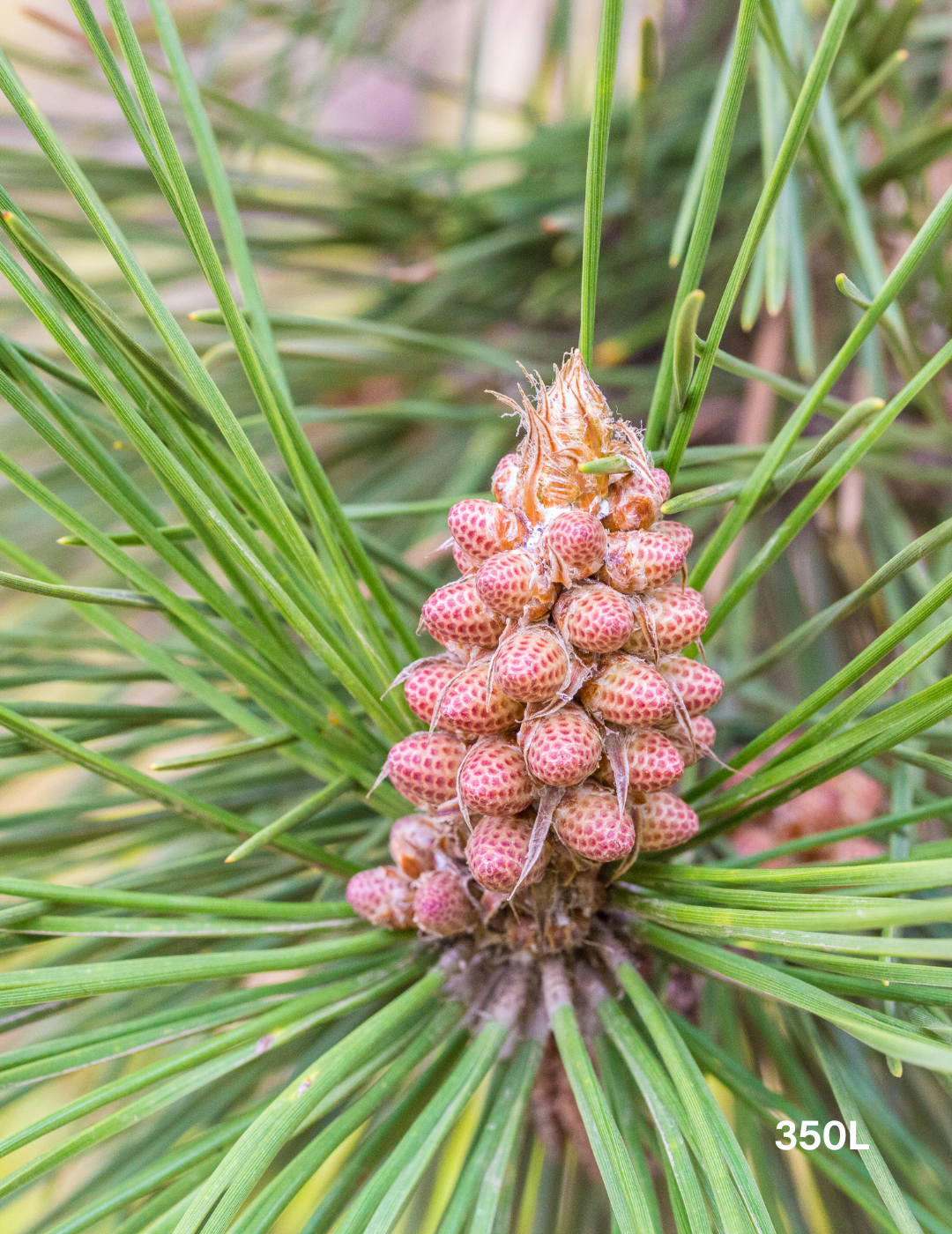

Pinus Thunbergii
- Regular price
- $6,700.00
- Sale price
- $6,700.00
- Regular price
-
Learn About Your New Pinus Thunbergii
Pinus thunbergii, commonly known as the Japanese Black Pine, is a robust and versatile pine species celebrated for its rugged, irregular form and striking, twisted needles. This tree is highly valued in traditional Japanese garden design and is also popular in various forms of bonsai. Its ability to withstand coastal conditions and poor soils makes it an excellent choice for a variety of landscape settings.
Key Characteristics:
Common Name: Japanese Black Pine
Foliage: Dark green, stiff, and twisted needles that form in dense clusters.
Form/Habit: Rugged and irregular growth habit, often with a picturesque, windswept appearance.
Uses: Ideal for coastal landscapes, bonsai, and as a striking specimen tree.
Evergreen/Deciduous: Evergreen
Tolerates: Salt spray, drought, and poor soil conditions.
Sun: Prefers full sun.
Maintenance: Low; occasional pruning to shape as desired and control size in landscaping or bonsai form.
Additional Characteristics:
- Bark and Structure: The bark is thick and scaly, providing significant textural interest with its nearly black hue. Over time, the trunk becomes more pronounced and rugged, enhancing its visual appeal.
- Growth Rate and Size: While initially slow-growing, Pinus thunbergii can reach considerable heights, typically growing up to 20 meters or more in its natural habitat. In cultivation, especially in non-native regions or when pruned regularly, it often remains smaller.
- Flowering and Fruiting: This species does not flower conspicuously, but it does produce cones. The male cones are small and shed pollen in spring, while the female cones are more robust, taking two years to mature. They start green and ripen to a glossy brown.
- Longevity and Durability: Japanese Black Pine is noted for its long life and durability. It can withstand various environmental stresses, making it ideal for urban environments and exposed coastal locations.
- Cultural Significance: In Japan, it is often used in niwaki pruning techniques where it is shaped to create visually appealing forms that reflect elements of nature and the landscape. It is also a symbol of fortitude and vigor.
- Wildlife Attraction: While not primarily known for attracting wildlife, its cones do provide food for various birds and small mammals.
- Propagation: Propagated mainly through seeds but can also be grown from cuttings, which is essential for bonsai cultivation to maintain specific genetic traits.
Need Assistance For Your Next Project? Let Us Help.
Evergreen Trees Direct is Australia's unrivaled supplier of the highest quality advanced tree stock. Our extensive supplier network allows us to provide a one-stop shop for all your landscaping needs, no matter how big or small the project. We pride ourselves on exceptional service, ensuring a seamless experience from selection to delivery. Trust us to bring your landscaping vision to life with the perfect trees for any outdoor space. With our unrivaled selection and commitment to service, Evergreen Trees Direct is the top choice for landscapers, property developers, and garden enthusiasts alike.
-
 A layered, resilient coastal garden designed to withstand harsh salt winds and seasonal extremes. This Mornington Peninsula property features a cur...
A layered, resilient coastal garden designed to withstand harsh salt winds and seasonal extremes. This Mornington Peninsula property features a cur... -
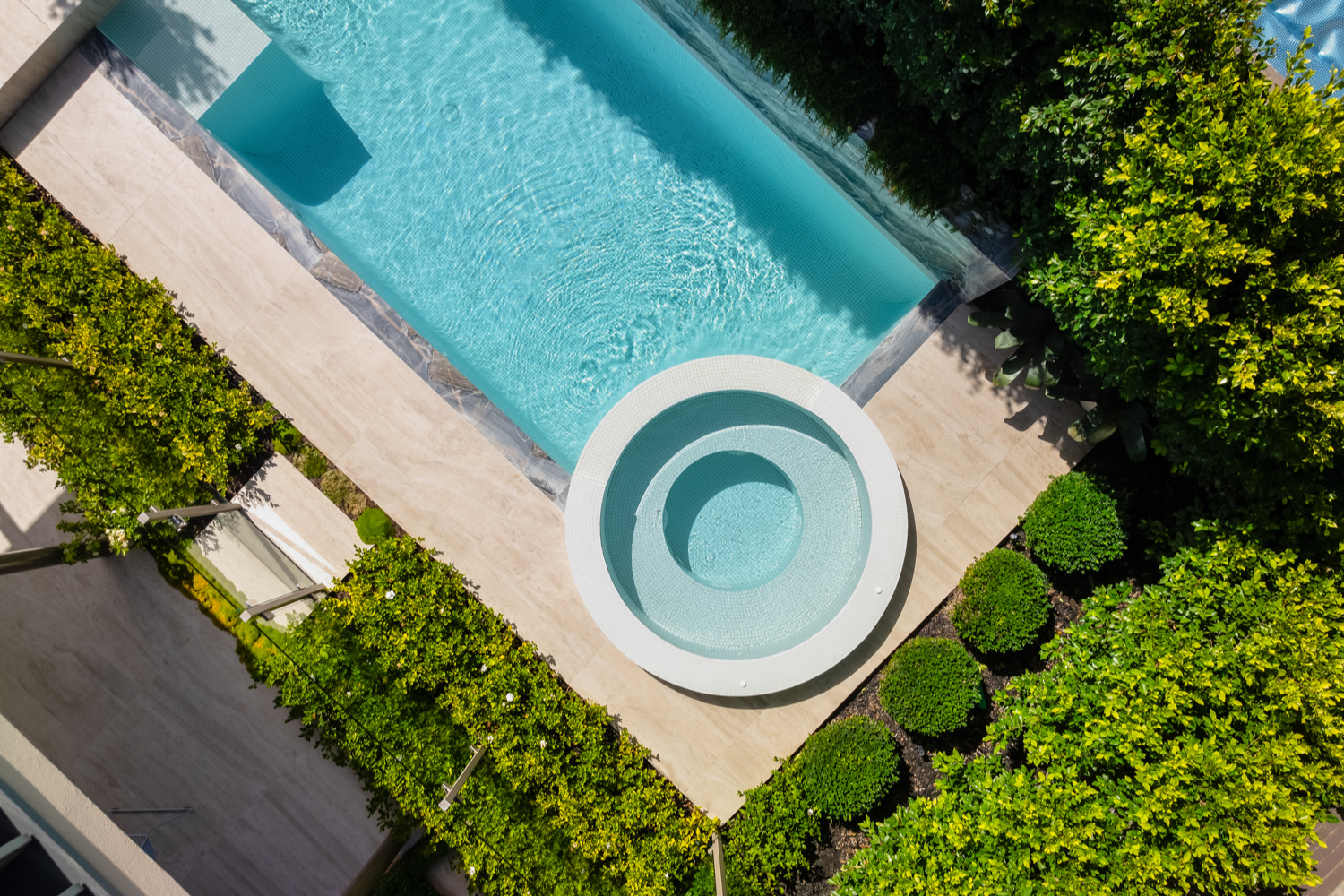
Brighton Project
Presenting our recent project in Brighton, Victoria, landscaped by Jack Merlo Landscape & Design. This modern landscape features a variety of h... -
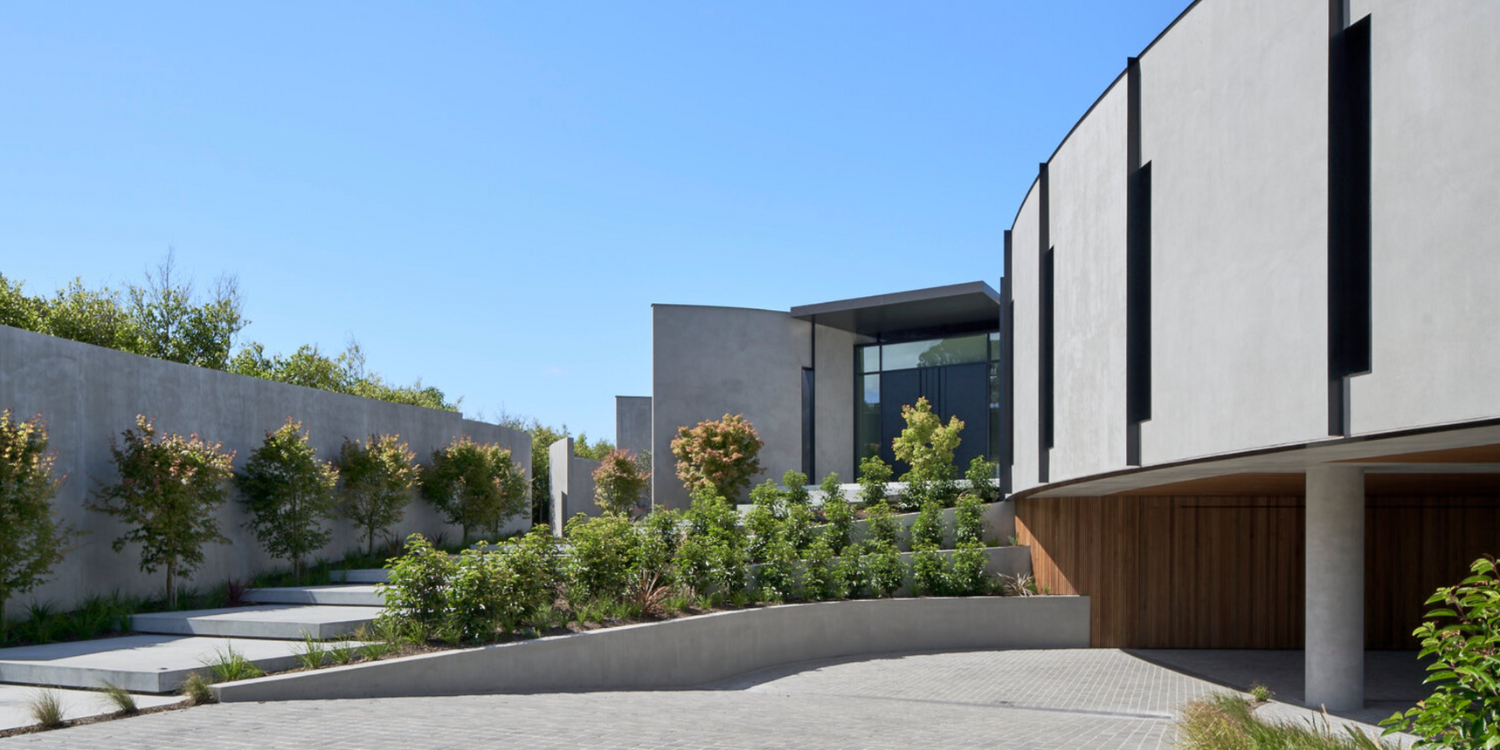
Horizon House, Flinders
Horizon House in Flinders blends nature with bold architectural design, using natural elements to enhance its modern aesthetic.Acer Palmatum (Japan...
